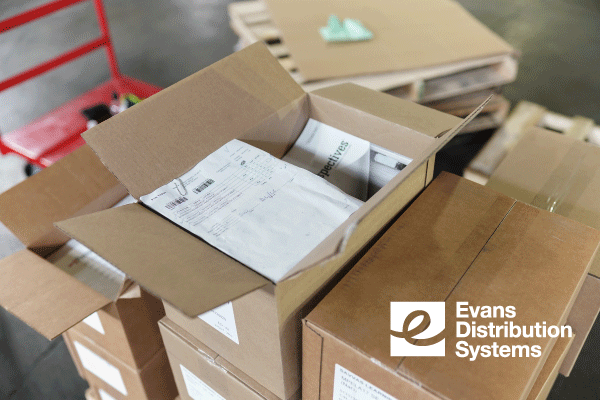Why is there such a focus on inventory these days? The pandemic brought on many challenges that have compelled businesses to take a closer look at internal processes. One of those areas is inventory management. Shortages, backlogs, labor, and operational challenges have amplified inventory issues— too much material or too little can send your business into a frenzy.
Just-in-time (JIT) Inventory Model
Just-in-time (JIT) is known as a lean inventory system that focuses on having the right amount of raw materials at the right time. Materials and inventory are replaced at the rate of consumption. For this reason, very little waste is generated from the manufacturing process.
The JIT model requires accurate coordination of materials or deliveries. It’s also dependent on consistent suppliers who always have materials on-hand. The smallest error can have delay the manufacturing process. If materials arrive too late, production is held up. If materials arrive too early, additional storage drives up costs.
When done correctly, JIT creates high production levels at minimal costs. But this inventory model can be challenging to maintain when disruptions occur.
Just-in-case (JIC) Inventory Model
Just-in-case (JIC) is the opposite of JIT—companies and manufacturers stockpile inventory to meet any level of demand. When collecting raw materials in advance of sales, this method helps companies weather supplier or delivery delays. JIC may be more costly on the front end but beneficial in capturing revenue from large-scale demand fluctuations.
This was most evident during the height of the pandemic, as consumers started to stockpile goods to survive uncertain lockdowns. One good became extremely scarce—toilet paper. Those manufacturers who adopted a JIC model were able to meet consumer demand better than their competitors.
What’s Right for You?
There is no right or wrong. Inventory should match product sales cycles, business operations, cash flow, financial management, and projected growth patterns. JIC relies on the assumption that growth is inevitable and requires a company to be overprepared to meet demand. It also assumes that companies have enough cash flow to tie up into inventory, rather than spend on marketing or other operating expenses. These are important factors to consider.
JIT makes short-term assumptions about demand and almost covers production expenses at the same time it processes orders. It reduces storage and warehousing costs. It also speeds up production changes when inventory/suppliers change.
Many companies settle with a hybrid model that can overcome disruptions but doesn’t overextend the business. Even this model can be a challenge to maintain and requires an expert inventory management process to be successful. A third-party logistics provider like Evans Distribution Systems, services customers from JIT and JIC models. If you’re interested in learning more about how a 3PL can navigate inventory challenges, let us know by filling out this form.

